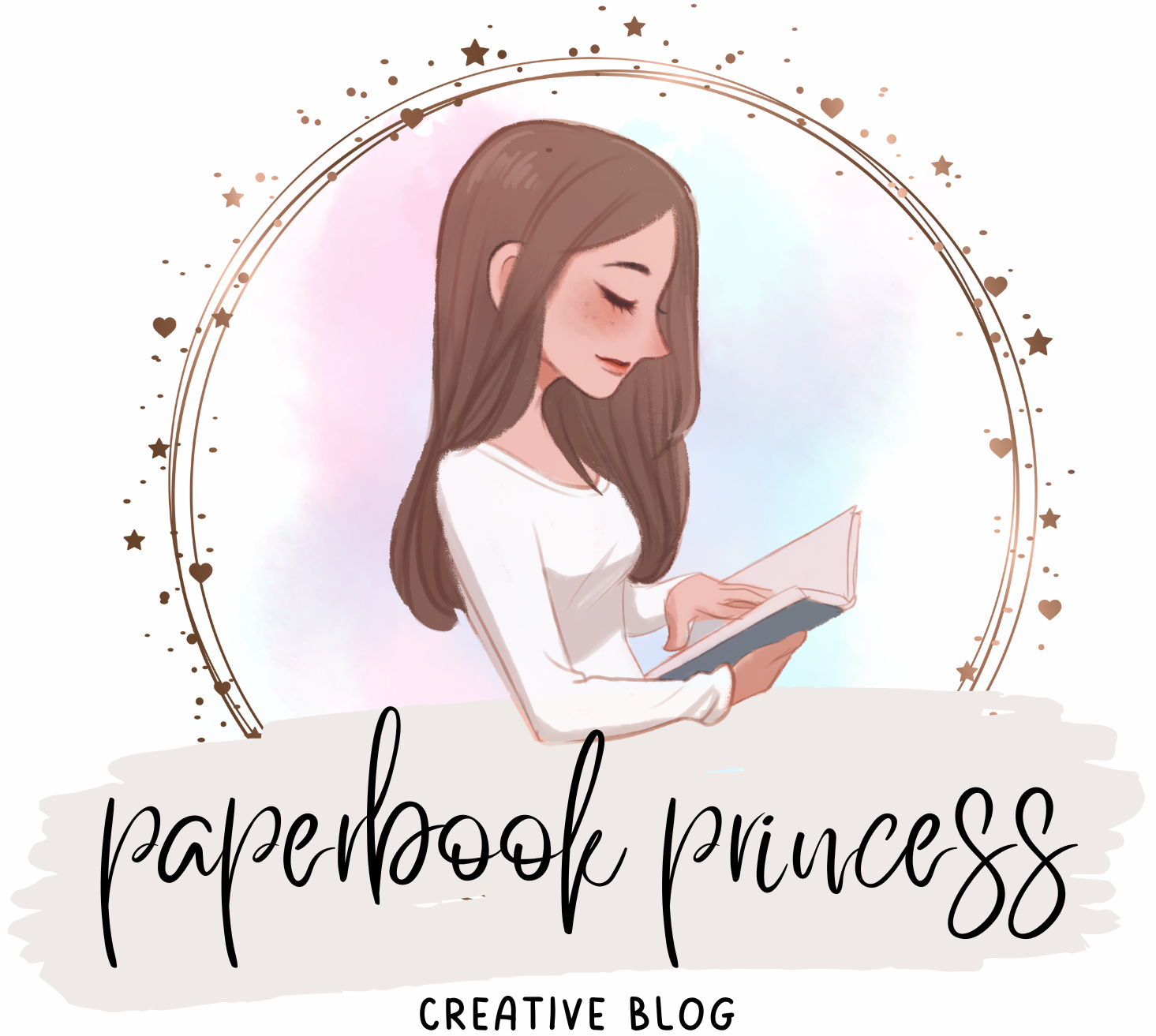
Why Practicing Drawing Is Just As Important As Creativity
Art is often seen as a form of expression, one that requires both talent and creativity to thrive. However, what many don’t realize is that practice is just as important as creativity when it comes to producing quality artwork. In this article, we will explore why practicing drawing is so essential for budding artists and how it can help them bring their artistic visions to life.
There is a lot of talk about creativity these days. We live in a culture that places a high value on being creative, and rightfully so. The ability to be creative is what sets us apart from other species and allows us to thrive in an ever-changing world. But what about drawing? Why is practicing drawing just as important as creativity? For one, drawing helps to hone our observation skills. When we practice drawing, we are training our brains to really see the world around us. We learn to pick up on details that we might otherwise miss.
Drawing also helps us to better understand the world around us. When we draw something, we are forced to think about its form, function, and meaning. This understanding can then be applied to other areas of life.
Finally, drawing is a great way to relieve stress and tap into our own creativity. The act of putting pencil to paper (or pen to iPad) can help us relax and clear our minds, making room for new ideas to flow in.
So next time you’re feeling creatively blocked, don’t reach for the wine bottle or Netflix remote—grab a sketchpad instead!
The Benefits of Practicing Drawing
When it comes to developing your creativity, there is no one right way to do things. However, if you want to improve your drawing skills, practicing is essential. Here are three benefits of practicing drawing that will help you become a better artist:
You’ll Become More Skilled
The more you practice, the better you’ll become at drawing. This is because you’ll be able to try different techniques and experiment with different mediums. As you experiment, you’ll learn what works best for you and how to create the effects that you want.
You’ll Be More Productive
If you only draw when you feel inspired, chances are that you won’t be very productive. However, if you make a habit of practicing regularly, even when you don’t feel like it, you’ll find that inspiration strikes more often. Drawing becomes a form of self-care that allows you to clear your mind and focus on the present moment.
You’ll Develop Your Own Style
When you first start out, it can be tempting to copy the styles of other artists that you admire. However, as you practice more, you’ll develop your own unique style. This process is called “Finding Your Voice” and it is an essential part of becoming a creative artist.
How to Get Started Practicing Drawing
Assuming you have little to no experience with drawing, the first step is to find some simple tutorials and begin practicing. YouTube is a great resource for finding helpful drawing tutorials. Start by searching for “how to draw for beginners” or something similar. As you watch the tutorials, try to follow along and recreate the images you see on the screen. Don’t worry if your drawings don’t look perfect at first everyone has to start somewhere! Just keep practicing and you will gradually improve.
In addition to following online tutorials, it can also be helpful to buy a beginner’s drawing book from your local bookstore or online. These books usually contain simple exercises that can help you get started and improve your skills. Once you feel confident enough, start experimenting with different mediums and styles. Trying new things is a great way to keep your practice sessions interesting, and it can also help you find your own unique voice as an artist.
Tips to Improve Your Drawing Skill
If you want to improve your drawing skills, there are a few things you can do. First, practice regularly. The more you practice, the better you’ll become at drawing. Second, try to find a mentor or someone who can give you feedback on your drawings. It’s helpful to have someone else look at your work and tell you what they think. Finally, don’t be afraid to experiment with different mediums and techniques. Trying new things will help you grow as an artist.
Different Types of Drawing and their Benefits
There are a few different types of drawings:
Line drawing
This is the most basic type of drawing, and it can be very therapeutic. It’s all about making simple marks on paper to create an image. The beauty of line drawing is that anyone can do it, regardless of skill level. And the best part is, there are endless possibilities when it comes to what you can create.
Blocking in
This type of drawing is all about creating basic shapes and forms to get a feel for the overall composition. It’s a great way to plan out a drawing before getting into the details. Blocking in can also help you see how light and shadow play across the surface.
Value studies
These are usually done in grayscale, and they’re all about exploring how values (lights and darks) work together to create form and depth. Value studies can help you understand how light falls on an object, and they’re essential for creating realistic drawings.
Gesture drawings
These are quick sketches that capture the essence or movement of a subject. They’re often done in charcoal or another dark medium, and they don’t need to be perfect — in fact, they’re often quite messy!
But gesture drawings can be really fun, and they’re a great way to loosen up before starting a more detailed drawing.
The Role Creativity Plays In Drawing
Creativity is important in drawing because it allows you to tap into your imagination and come up with new ideas. It also helps you to see things in a different way, which can make your drawings more interesting.
Practicing drawing is just as important as creativity because it helps you to improve your skills and learn new techniques. Drawing can be a powerful tool for expression and creativity. It allows us to explore the world around us in ways that cannot be achieved through words or other forms of art. It is just as important as creativity because it helps to sharpen our skills, hone our technique, and even provide a platform for self-expression.
With regular practice, we can further develop our artistic talents and create artwork that’s uniquely ours. So why not get started today? You never know what kind of beauty you could bring into this world!





